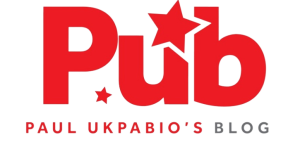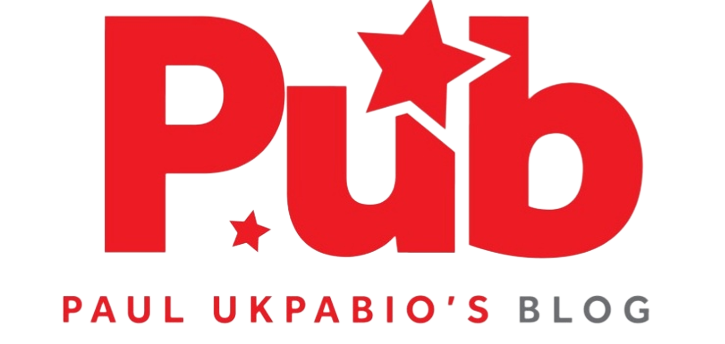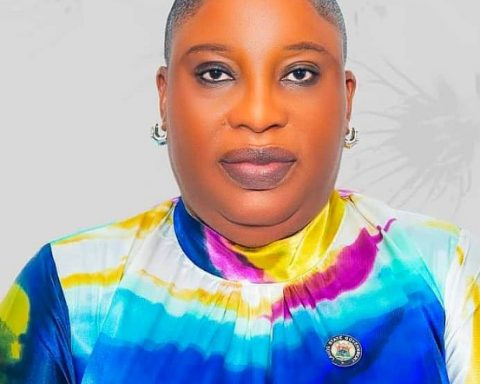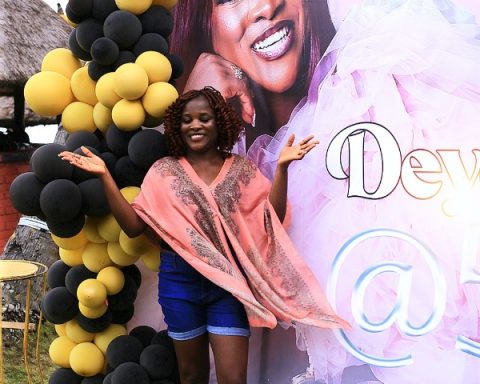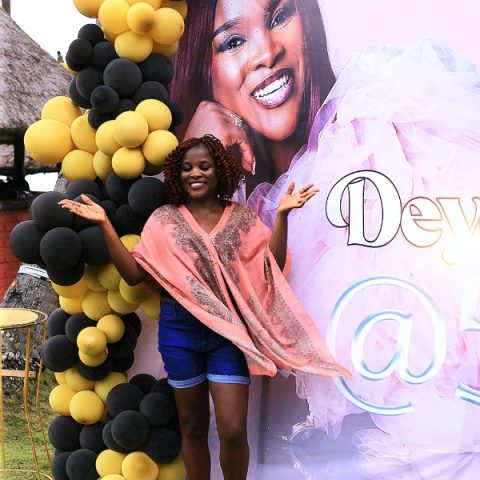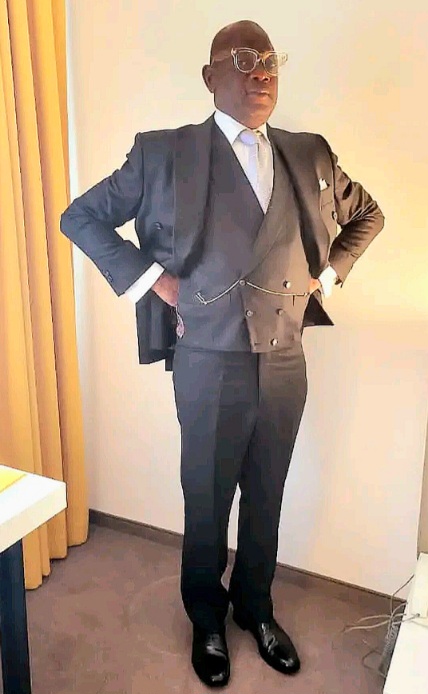
Work clothes’ colours can make or mar our acceleration! The sombre tints and tinctures of black, blue, brown, grey and white quicken our progress.
But these unobtrusive colours—highly recommended for the formal sector where a suit, or clean traditional attire, is mandatory—are not sacrosanct.
The informal sector, as well as tech and art, telecoms and more, incorporate brighter hues and less formal apparels to enliven modern workspaces. These gainful engagements have grown over the years with relaxed rules which have multiplied progress.
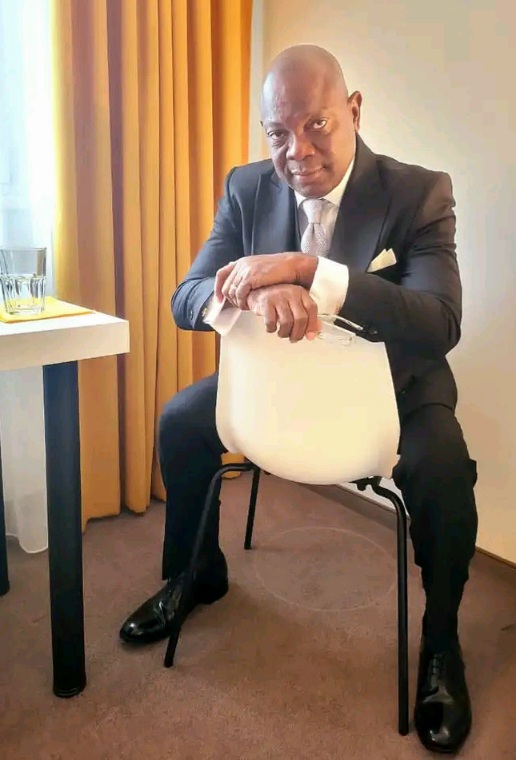
Bosses downplay the strict rules of formality and muted colour code in these industries to encourage peak performance in the following ways:
1. Creativity and self-expression: more colourful options allow employees to express their personality and creativity, thereby fostering a more innovative work environment.
2. Company culture: brighter colours can reflect a company’s vibrant culture and values, and make the workspace feel more welcoming and energetic.
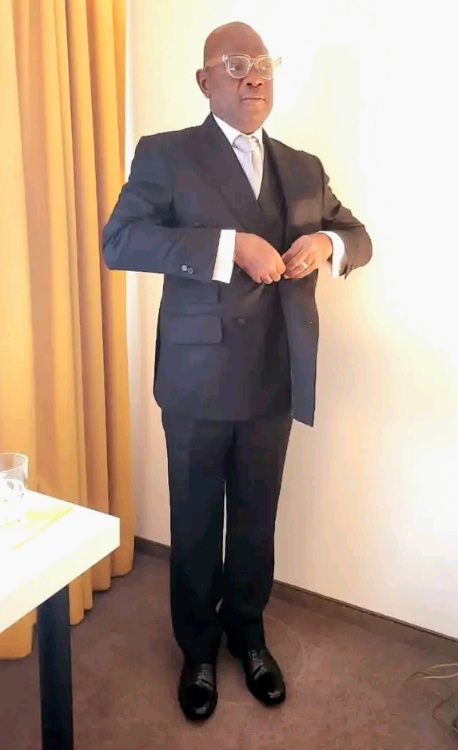
3. Diversity and inclusivity: broader colour palette can promote diversity and inclusivity, and allow employees to feel more comfortable expressing themselves through their attire.
4. Morale boost: wearing colours that make them happy can boost employees’ mood and morale, and lead to a more positive work atmosphere.
What determines colours of clothes and accessories for the office? Several factors underscore the appropriate colours for office clothes and accessories, including:
A. Industry norms: different industries have varying dress code cultures. For example, finance and law tend to be more formal and conservative, while tech and creative fields may be more relaxed and colourful.
B. Company culture: the company’s values, mission, and brand identity influence the dress code. Some companies may encourage bold colours, while others prefer neutral tones.
C. Work environment: the physical workspace and job responsibilities impact colour choices. For example, factory workers may wear practical colours like navy or gray, while office workers may have more options.
D. Professional level: senior executives and managers often wear more formal, muted colours, while entry-level employees may have more flexibility with their colour choices.
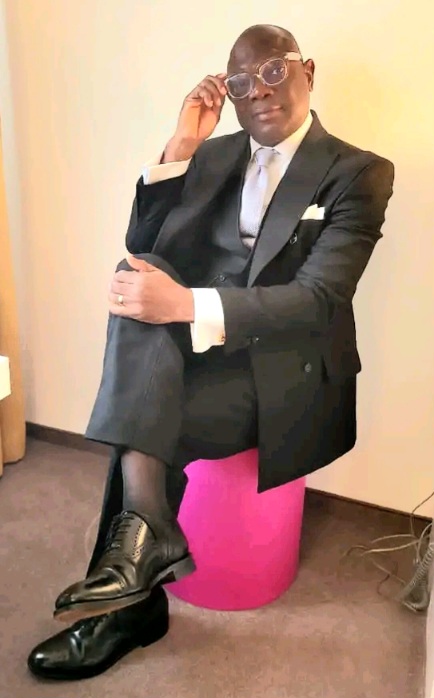
E. Personal style: individual preferences and personal branding play a role in colour selection, as long as they align with the company culture.
F. Dress code policies: some offices have specific dress code policies or guidelines that dictate acceptable colours.
G. Seasonality: colours may change with the seasons, with brighter colours in dry and more muted tones in rainy season.
H. Client interactions: if you interact with clients or customers, you may want to choose colours that project professionalism and trustworthiness.
I. Brand representation: if you represent the company externally, you may be expected to wear colours that align with the brand’s visual identity.
So, it’s essential to consider the industry, workplace dress code, and personal preferences when introducing more colours into office attire. Striking a balance between professionalism and self-expression is key.
Some popular additional colours for office attire include: earthy tones (green, terracotta and yellow); pastel shades (soft pink, baby blue and mint); rich jewel tones (emerald green, navy blue and burgundy); and vibrant hues (orange, red and coral).
Remember, the key is to balance creativity with professionalism and ensure that the colours complement the work environment.
By incorporating colours strategically, workplaces can enhance creativity, boost morale, and multiply productivity, and create a more conducive environment for success, harmony and progress.
Let’s end with a quote by legendary designer and game changer Coco Chanel (August 19, 1883–January 10, 1971): ‘The most beautiful colour is the one that is most suitable for the occasion.’
-Kunle Bakare for Omoluwabi by KB
